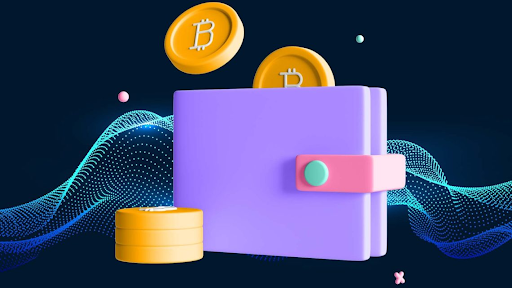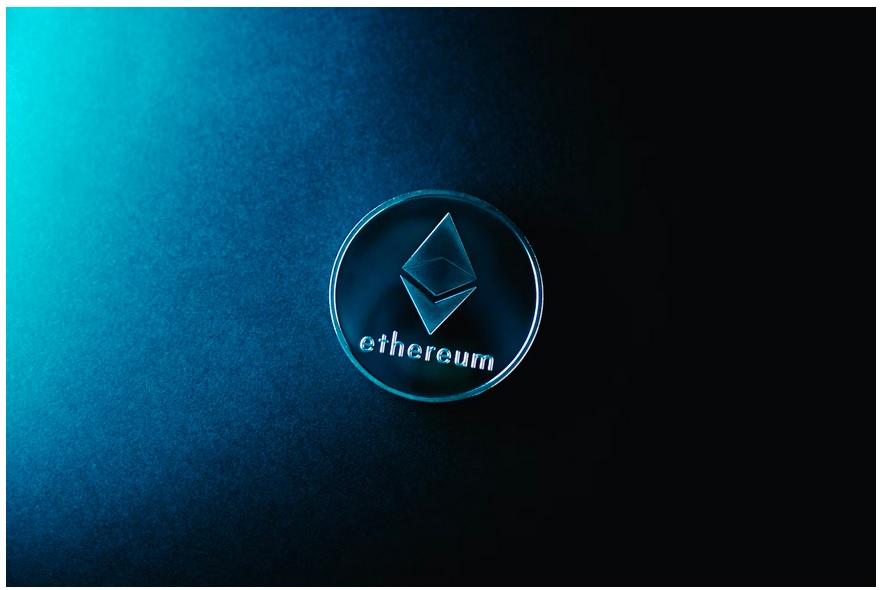
- Following the FTX failure, it has now become apparent that trusting third parties with the storage of crypto funds is quite a risky endeavor.
- Luckily, blockchain-oriented strongboxes such as the one offered by the Serenity Shield Dapp present a solution to this shortcoming.
The past two weeks have been a rollercoaster for the crypto ecosystem, with the FTX/Alameda debacle causing a widespread panic. It all began with a Coindesk article that featured an analysis of Alameda Research’s balance sheet. To the surprise of many, a majority of the net equity consisted of FTX’s native token, FTT. This revelation sparked a public discussion on the possibly too-close relationship between FTX exchange and proprietary trading firm Alameda Research.
But it was a tweet by Changpeng Zhao that further raised eyebrows, the Binance CEO publicized the exchange’s intention to gradually liquidate their FTT position. From there, it was a downhill path for FTX; as of writing, FTX has already filed for a chapter 11 bankruptcy, with the latest court documents revealing the now insolvent exchange owed creditors up to $3 billion. A rude awakening for the crypto community and reminder of the famous mantra ‘not your keys, not your coins’.
Following the FTX failure, it has now become apparent that trusting third parties with the storage of crypto funds is quite a risky endeavour. Already some Bitcoin holders are taking action, with the latest data from Glassnode showing BTC outflow from centralized exchanges has hit a record high of -172.7k BTC per month, dwarfing the June 2022 bear market sell-off.
However, not everyone is well-versed with alternative non-custodial storage options. Even those who have the technical know-how still find it difficult to safely store their seed phrases. In the next section of this article, we will highlight the available non-custodial wallets alongside Dapp storage solutions such as the Serenity Shield strongbox which leverages blockchain technology to secure any kind of sensitive data, including seed phrases.
Non-Custodial Crypto Storage
Before diving into the details, it is noteworthy that non-custodial wallets are divided into two categories; hot and cold wallets. The former is connected to the internet through modern-day devices or applications while the latter come as hardware gadgets (keep the user’s data offline). All in all, the main goal of non-custodial wallets is to give crypto holders direct control over their private keys which means one can avoid blackswan events such as the recent FTX collapse.
-
Hot Wallets
In most cases, hot non-custodial wallets are designed as mobile or desktop applications, enabling the owners to directly connect to the internet. However, the user is always in possession of their private key and remains the sole approver of any transaction. While there are several hot wallets in this niche, the one’s that stand out include the likes of Metamask and Exodus.
By design, the metamask wallet is a browser extension that allows DeFi users to access the Ethereum blockchain ecosystem and other EVM-compatible chains such as Matic, Arbitrum and Fantom. Getting started on Metamask is pretty straightforward, one simply needs to access the metamask.io website and install the plugin to a chrome, iOS or android browser. Once the extension is ready, you can then create an account, after which metamask will generate a 12 word recovery seed phrase for future access.
As for the exodus wallet, this hot wallet supports over 250 cryptocurrencies and can also be easily installed as a desktop or mobile application. But more importantly, crypto users who open a non-custodial wallet with exodus or metamask have to safely store their 12 word recovery key (seed). This is what guarantees access to one’s funds at all times, think of it as the ‘email and password’ combo required to verify one’s login credentials.
-
Cold Wallets
A cold wallet is a type of offline cryptocurrency storage solution. Cold wallets let users manage their assets without ever exposing their private keys to the public internet. Most transactions are signed with the private key on a secure enclave of a specialized hardware device. Only the signed transaction is sent from the device to the Internet and the blockchain.
One of the popular hardware wallets currently in the market is Trezor, a product of Satoshi Labs which is based in Czech Republic. The Trezor wallet package features an earlier version ‘Trezor One’ and the most recent ‘Model T’. While the latter comes at a higher asking price, it comes with additional security features, including the ability to enter a full passphrase directly on the device. However, on the downside, Trezor devices do not support native staking on DeFi ecosystems.
Ledger, which also doubles down as the Trezor’s main competitor, is another hardware wallet that offers non-custodial storage. The flagship models ‘Nano S and Nano X’ are customized to provide crypto users with a safe cold wallet to secure their funds. But unlike Trezor, Ledger’s firmware is closed-source which makes it hard to fully audit the underlying security infrastructure. Evidently, both Trezor and Ledger offer a better alternative compared to third-party storages.
The challenge, however, is to ensure that one does not lose the hardware device or always have the seed phrase for backup.
Securing Seed Phrases on the Blockchain
Although non-custodial wallets have a greater value proposition, the risk of losing one’s seed phrase presents quite a challenge. For starters, existing storage methods such as noting down on a piece of paper or saving the information online are not fully reliable. Paper wallets can easily be confused for trash and thrown away in the process while storing the seed phrase online poses vulnerability threats if one was to be hacked.
There are some blockchain-built storage alternatives such as the Serenity Shield StrongBox®. This virtual safe leverages Decentralized Identity (DID) and NFT tech, giving crypto natives full control of any information they store. Ideally, crypto users who own non-custodial wallets can create a StrongBox® on Serenity Shield to store sensitive information, including seed phrase data.
Each strongbox is encrypted into three digital keys (NFTs), with two keys required to successfully decrypt the strongbox. The good thing about Serenity Shield’s StrongBox® infrastructure is that crypto users are not only able to secure sensitive information but also transfer it to specific users, such as their heirs, in the case of an accident or death.
Subscribe to our daily newsletter!
No spam, no lies, only insights. You can unsubscribe at any time.
In summary, acquiring a non-custodial wallet is just the first step to safeguarding your crypto assets. This effort ought to be complemented with a secure means of storing the seed phrase, otherwise one can easily end up losing all the funds due to access issues. Data from Chainalysis estimates that 20% of the BTC in circulation appears to be lost or stranded in stagnant wallets.
Final Thoughts
The FTX/Alameda insolvency is a wake up call for the entire crypto industry to go back to the basics; decentralization. This means moving away funds from custodial platforms to self-custody wallets. As highlighted in this article, crypto users have several options, it all depends on one’s preferences and the opportunity cost at hand. That said, it is likely that more capital will continue to flee centralized exchanges even after the dust settles. A blessing in disguise for the DeFi ecosystem.




